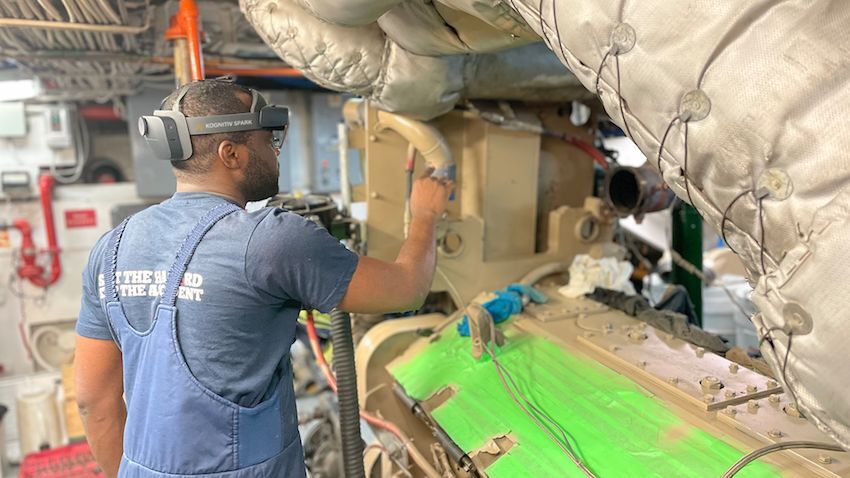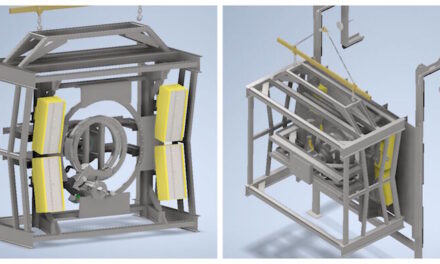Across major industries, experienced engineers are leaving the workforce. 15,000 rail industry employees are due to retire by 2025, More broadly, prior to COVID, it was estimated 19.5% of engineers currently working in the UK, were expected to retire by 2026. And when these experienced, highly-skilled workers leave, their expert knowledge goes with them.
Exacerbating the challenge, much knowledge is undocumented. Few organisations undertake comprehensive knowledge transfer before workers move on. So when engineers leave, it represents a net loss for the company. That’s exacerbated by the pace of change, especially in areas like energy, utilities, defence and industrial engineering. These sectors are characterised by the volume of unplanned scenarios, and the complexity of tasks engineers undertake. That all adds to the seriousness of the challenge.
But with technology advancing more quickly, engineering knowledge stays relevant for shorter periods. So, being able to adapt to changes is demanding. The workers best able to adapt are those most steeped in those processes – and they are typically older. Younger engineers are keen to learn but they need that ‘experience baseline’ to build on before they can adapt at the same pace.
That’s where technology that empowers industrial workers can have a key role to play, helping to augment their cognitive capabilities and support them in delivering in complex situations and dynamic environments. As part of this technology, mixed reality-based worker support in which physical reality and digital content combine to enable interaction with and among real-world and virtual objects, can be helpful in many situations. This approach allows remote workers to establish a secure video and audio call with older industry experts, when they need help solving a complex problem. The expert, who can be located anywhere, can see what the remote worker sees and use holographic assets to support the task, all while keeping the user heads-up and hands-free.

This approach is highly-effective in complex operations. Being able to deal with issues ‘on the fly’, through mixed reality technology, helps eliminate equipment downtime and cut down on time to resolution. That’s one operational benefit. Over and above this, mixed reality removes the need for the expert engineer to travel to site to oversee an engineering operation, or conduct it.
It is also true that if the younger worker is learning for the first time by doing the operation, that worker is going to retain knowledge better than if they were just reading a manual in the classroom before doing the work.

Use cases assessed
Use cases for mixed reality can be wide-ranging – everything from fixing a bagging machine on a production line through to troubleshooting satellite assembly operations. These are of course complex, troubleshooting operations. The focus is on getting the job done efficiently and the learning younger engineers attain is a side benefit. In addition, mixed reality can, and already is, widely used for routine inspection and maintenance of equipment and for more complex troubleshooting and problem-solving.
There have been issues of change management of course. Some workers may have been reticent and uncertain at first but the technology is intuitive to use, especially if you are used to interacting with a smartphone. There nevertheless has to be a willingness on the worker’s part to try something new. Adoption works well if it starts with enthusiasts within the business who can adopt it and then demonstrate to others within the business the benefits they can achieve. There is a viral effect through that approach.
That’s one challenge that is being overcome. The other around the cost of the technology. This is best expressed in return on investment terms: typically the technology pays for itself rapidly if it is regularly used. The fact that the technology cuts down on expert travel plays into this RoI calculation also, of course.
Mixed reality is here to stay in the complex industrial engineering space. The need to better support younger, less experienced workers in carrying out inspection, maintenance and repair tasks has been a problem for some time and mixed reality helps to address it. What’s changed in recent years is that manufacturing and engineering businesses more clearly see and understand the many use cases for the technology. Today the conversation between vendor and the customer is more around defining the use cases well and operationalising the solution and application – for worker support, for fixing complex problems efficiently and for knowledge transfer.
In the future, the benefits organisations reap from mixed reality technology will improve further over time. In terms of hardware performance will improve, battery life get longer and headsets smaller. This will enable mixed reality devices to be used by engineers in industrial settings throughout the week rather than just for one-off scenarios.
Connectivity will also improve with 5G and low earth orbit satellites being increasingly rolled out, Security will be key here, of course, but the enhanced connectivity provides, will, in turn, lead to richer applications and broader use cases. In short, there is a bright future ahead for mixed reality technology in industrial settings.
Author: by Yan Simard, CEO, Kognitiv Spark


